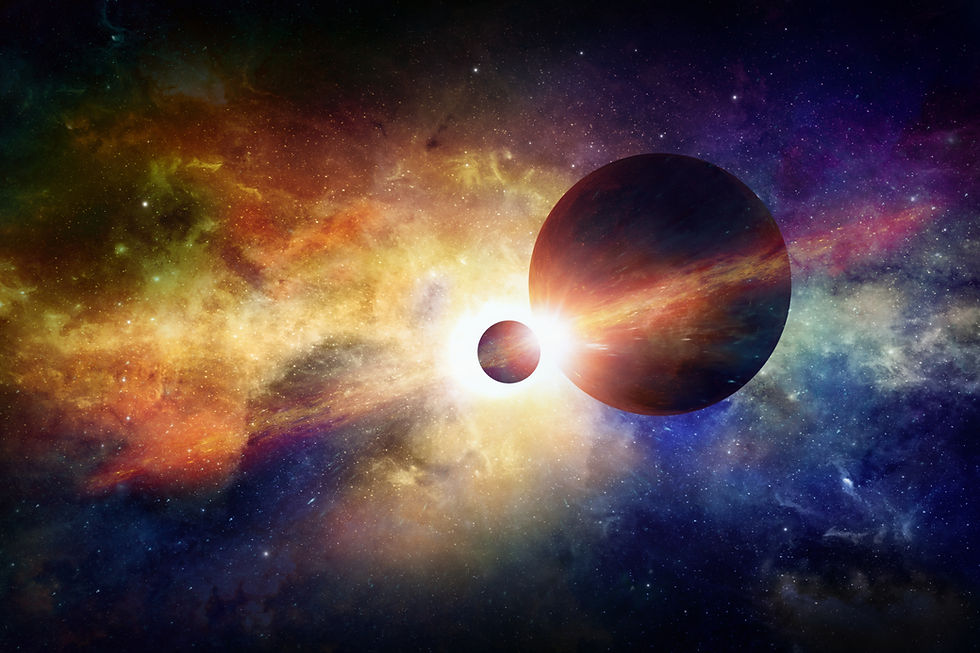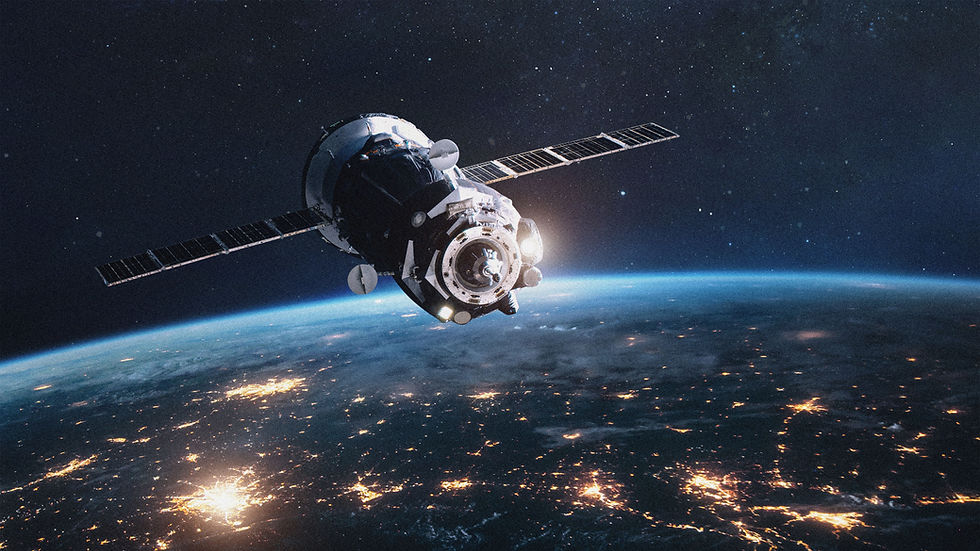The Interdisciplinary Nature and Future of Astrobiology
- Amanda Grodman

- Aug 31, 2022
- 3 min read
Updated: Jun 2, 2023
When we think of extraterrestrial life, tangible and exotic beings, such as ET and Chewbacca, probably come to mind. However, we may not consider how otherworldly species differ greatly from media portrayals, nevermind how alien-studying scientists, deemed astrobiologists, study their presence that dates back millions of years. Astrobiology, or the study of “life in the universe,” allows scientists to apply life science and knowledge of cellular composition into an intergalactic situation. While attempted depictions of aliens like ET are frequently portrayed to be the size of humans and have communication abilities, extraterrestrial life studied by astrobiologists may be microscopic and in hard-to-find or rash places. Essentially, astrobiology touches on a variety of sciences and studies, ranging from evolutionary theory to molecular chemistry and also alluding to the arising space tourism industry. Despite the malicious or sublime persona commonly attributed to aliens, astrobiology and the study of extraterrestrial life is a crucial and determining factor of our lives in space–making this field a Sirius topic.

For years, curious scientists, researchers, and, evidently, movie directors questioned the possibility of extraterrestrial life; in 1961, radio astronomer Frank Drake initiated this mission with an equation estimating the number of plausible extraterrestrial civilizations (click the link to see the ins and outs of the equation). In the later twentieth century, the discovery of several Earth-like planets (those that orbit a star, similar to the Earth orbiting the Sun) made the possibility of extraterrestrial life more plausible than before, as an atmosphere similar to Earth would be ideal for life to thrive. Ultimately, the detection of thousands of exoplanets revealed that few to none are greatly similar to Earth in terms of magnitude and orbital features, although new technologies make finding such a planet (and possibly its extraterrestrial inhabitants) less strenuous. With these discoveries and applications, astrobiology is crucial to major space exploration companies, including NASA (see link for full history), due to its addressing of our future in space.

Astrobiologists are clearly involved in the study of life in space; what else do these cross-disciplinary researchers do? Studying extraterrestrial life in space is only a portion of the many astrobiological opportunities–so if out-of-this-world research doesn’t appeal to you, but you enjoy traveling and exploring, this field may be for you. Extremophiles, or earthly molecules that can sustain growth in intense conditions (temperature, pressure, etc.), are also a focal point of astrobiology, entailing that researchers go to great depths (literally–check out this link to read stories of different astrobiological endeavors) to execute their research. Organisms that survive in these conditions can be found anywhere from national park caverns and bodies of water to deep oceanic trenches, which can give insights as to what lives on other planets because of their adaptive and shielding natures. Tardigrades, a species of extremophile, are a notable organism that combine intense survival abilities on Earth (found in hypothermic conditions) and with the ability to survive on intense space missions. Ultimately, extremophiles and similar studies have allowed astrobiologists to hypothesize what might live on other planets–a field that many will gravitate towards in the near future.

In this episode of “Let’s Go to Space: BLUESKY Learning,” Episode 74: From Community College to NASA, we’re joined with Haley Boles, a recent graduate from the University of Florida, three-time NASA intern, and active researcher within the UF community. Ms. Boles shares great insight on her experiences, from how she started off with an interest in her local community college and then used this to fuel her research at a larger university. Moreover, she explains what the fields of space biology and astrobiology entail for younger students that are curious about extraterrestrial life and what this means for future planetary explorations. Ultimately, Ms. Boles’ story shows that any dream or idea can become a reality with hard work, effort, and patience as she shares her next steps as a post-grad and aspiring full-time researcher at NASA. Learn more about Haley Boles, or visit our other weekly podcasts to hear from other speakers, by clicking the link above. Also make sure to check out our website to learn more about becoming a member of the Aerospace and Innovation Academy, where you can join us in our quest to go to space.




Comments